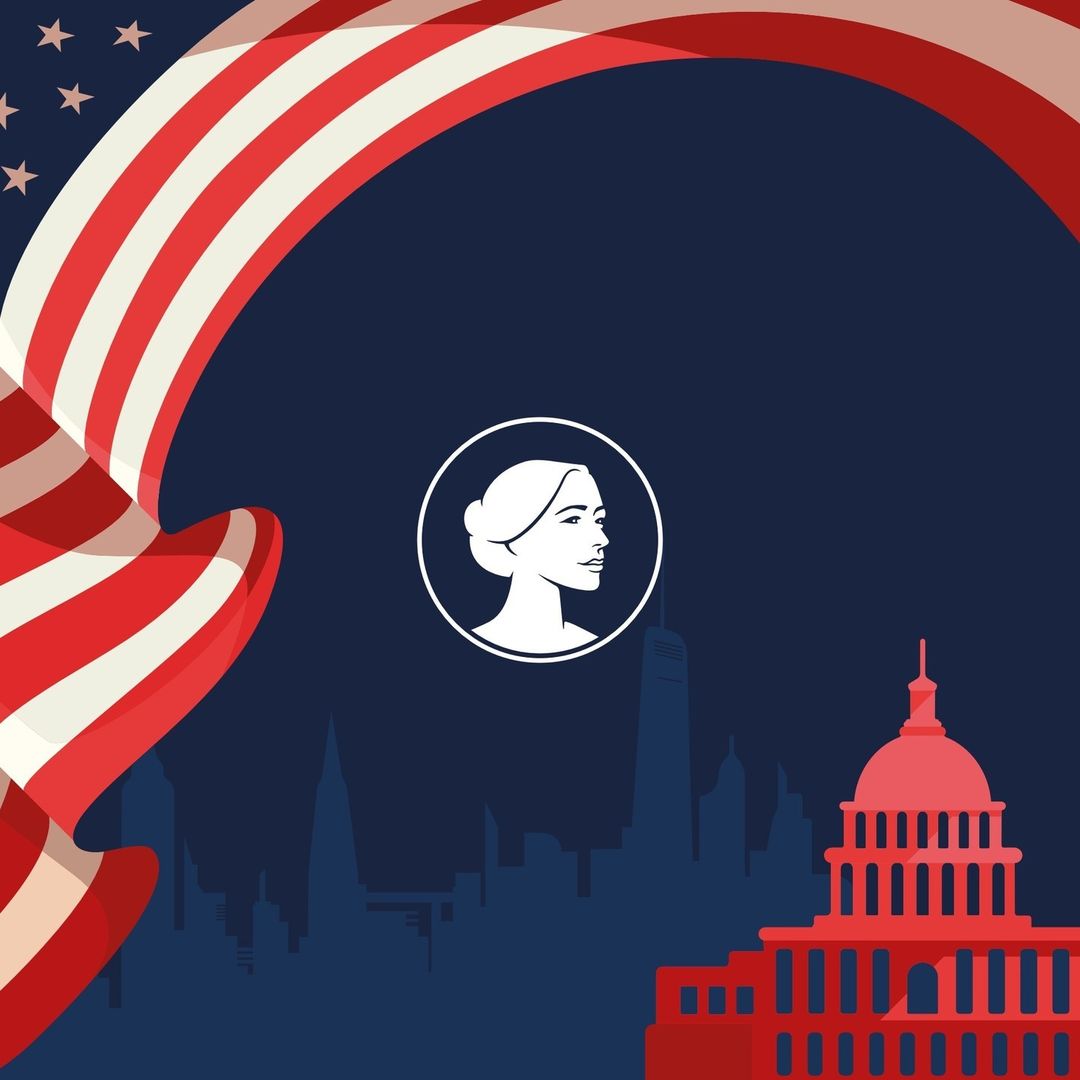The Unborn Paradox
By Ross Douthat

This omission is often cited as a victory for the pro-life movement, and in some cases that’s plainly true. (Recent unplanned-pregnancy movies like “Juno” and “Knocked Up” made abortion seem not only unnecessary but repellent.) But it can also be a form of cultural denial: a way of reassuring the public that abortion in America is — in Bill Clinton’s famous phrase — safe and legal, but also rare.
Rare it isn’t: not when one in five pregnancies ends at the abortion clinic. So it was a victory for realism, at least, when MTV decided to supplement its hit reality shows “16 and Pregnant” and “Teen Mom” with last week’s special, “No Easy Decision,” which followed Markai Durham, a teen mother who got pregnant a second time and chose abortion.
MTV being MTV, the special’s attitude was resolutely pro-choice. But it was a heartbreaking spectacle, whatever your perspective. Durham and her boyfriend are the kind of young people our culture sets adrift — working-class and undereducated, with weak support networks, few authority figures, and no script for sexual maturity beyond the easily neglected admonition to always use a condom. Their televised agony was a case study in how abortion can simultaneously seem like a moral wrong and the only possible solution — because it promised to keep them out of poverty, and to let them give their first daughter opportunities they never had.
The show was particularly wrenching, though, when juxtaposed with two recent dispatches from the world of midlife, upper-middle-class infertility. Last month there was Vanessa Grigoriadis’s provocative New York Magazine story “Waking Up From the Pill,” which suggested that a lifetime on chemical birth control has encouraged women “to forget about the biological realities of being female … inadvertently, indirectly, infertility has become the Pill’s primary side effect.” Then on Sunday, The Times Magazine provided a more intimate look at the same issue, in which a midlife parent, the journalist Melanie Thernstrom, chronicled what it took to bring her children into the world: six failed in vitro cycles, an egg donor and two surrogate mothers, and an untold fortune in expenses.
In every era, there’s been a tragic contrast between the burden of unwanted pregnancies and the burden of infertility. But this gap used to be bridged by adoption far more frequently than it is today. Prior to 1973, 20 percent of births to white, unmarried women (and 9 percent of unwed births over all) led to an adoption. Today, just 1 percent of babies born to unwed mothers are adopted, and would-be adoptive parents face a waiting list that has lengthened beyond reason.
Some of this shift reflects the growing acceptance of single parenting. But some of it reflects the impact of Roe v. Wade. Since 1973, countless lives that might have been welcomed into families like Thernstrom’s — which looked into adoption, and gave it up as hopeless — have been cut short in utero instead.
Read the rest here.

The SBA Pro-Life America National Pro-life Scorecard is a tool that helps hold members of Congress accountable for their legislative records on life and that highlights leadership in the fight to serve women and save babies.
See Their Rating